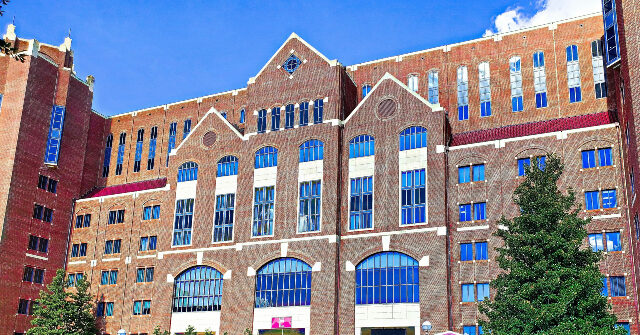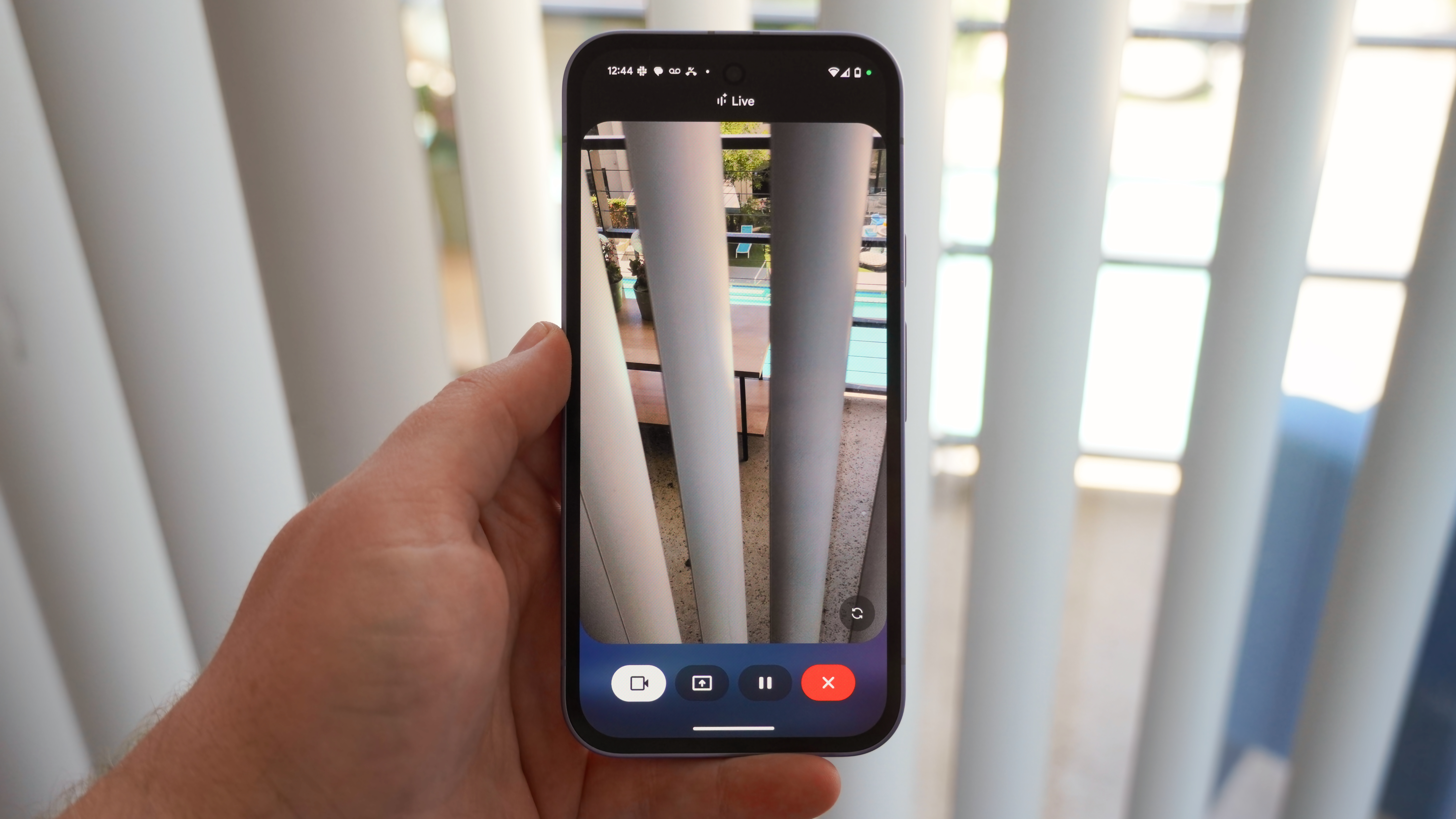• 60 percent cost-savings in large-scale repair
• Months of downtime eliminated
• Affordable lifetime extension, supporting environment
• Demand for onsite repair rising, also offshore
• Load-bearing on one bushing is 1000 kN equivalent to 50 Tesla cars
• Safety-critical component for bolts to connect with hub
• Loose bushings can result in blade falling off or worse, turbine collapse
Almelo, Netherlands, 28 May 2024 – We4Ce, a Dutch supplier of rotor blade bushings, has this month filed an international patent for its “Re-FIT” bushings for on-site repair in the wind park. The new method offers up to 60 percent cost savings and eliminates months of downtime. Older turbines benefit from extended turbine lifetime as repair at the manufacturer or scrapping – the conventional alternatives – are no longer needed. A safety-critical component, blade root bushings, also called inserts, connects the rotor blade with the turbine hub.
“Damage to blade root bushings is enough of a problem to warrant more research. We believe this issue is rising and it affects a range of different turbines of all ages, from 1.5MW to 3MW and 40-m to 60-m blade lengths. Usually, it happens after the warranty period,” says Arnold Timmer, managing director of We4Ce.
Glued into the blade during manufacture, defect bushings are complex to remove and insert to precision. A replacement bushing not only needs a strong mechanical connection but also a reliable and uniform bonding to fix the bushing within the blade, the crux of We4Ce’s patent.
With the new repair method, the rotor blade is dismounted on-site and repaired in the wind park. The damaged bushings are extracted and replaced using precision machining. Multiple blade sets can be repaired within weeks.
Previously, the entire blade was shipped to the manufacturer for repair with the associated costly logistics, CO2 emissions and downtime, a significant loss of annual yield.
The patent covers the bonding method and design. An inlet tube placed into the hollow of the bushing is used to infuse epoxy resin into the extremities of the bushing where a proprietary steel resin dispenser has been fixed. The resin is then evenly distributed around the outside of the bushing using vacuum processing, which allows the bonding material to flow uniformly up towards the flange of the bushing. The chosen diameter of the circular dispenser aids the centering and precise placement of the component, previously a challenge.
We4Ce’s repairs offer up to 60 percent savings compared with the cost of a new blade. The solution is suitable for wind parks with more than 10 damaged blade roots. This calculation includes the setup costs and use of a specialized CNC on-site machine. Loose bushings are usually detected during inspection of the blade root connection.
The Re-FIT method is ideal for turbines with 40-60 percent of lifetime left. As older replacement blade models are not always available the whole wind turbine is sometimes discarded, an environmental concern.
Bushings are an important structural load-bearing component, which connects the blade to the wind turbine hub via bolts. Each bushing must have sufficient bonding strength capable of withstanding forces of up to 1000kN, the equivalent force of up to 50 passenger cars pulling the blade at the same time. Loose bushings affect root integrity, and, at worst, the blade can fall off.
Polyester used as interface material to embed the bushing into the blade during manufacture is more susceptible to shrinkage, compared with epoxy resin. Microcracks can occur, which reduces the bonding surface.
We4Ce has partnered with Danish CNC Onsite, a company specializing in precision machining of wind turbine components.
About We4Ce
Headquartered Almelo, the Netherlands, We4Ce has more than 25 years’ experience in rotor blade design, blade root bushing concepts M20-M42, sectional exchangeable rotor blade tips as well as the Re-FIT blade root bushing repair method and root cause analysis. Working closely with wind park owners, We4Ce’s research lab performs a range of fatigue tests and extreme load tests for different sizes and parameter changes, aiding the development of bushings for manufacturers. We4Ce also works with TNO test institute for large size sample testing and approval for the certification bodies, including TüV and UL.

















Discussion about this post